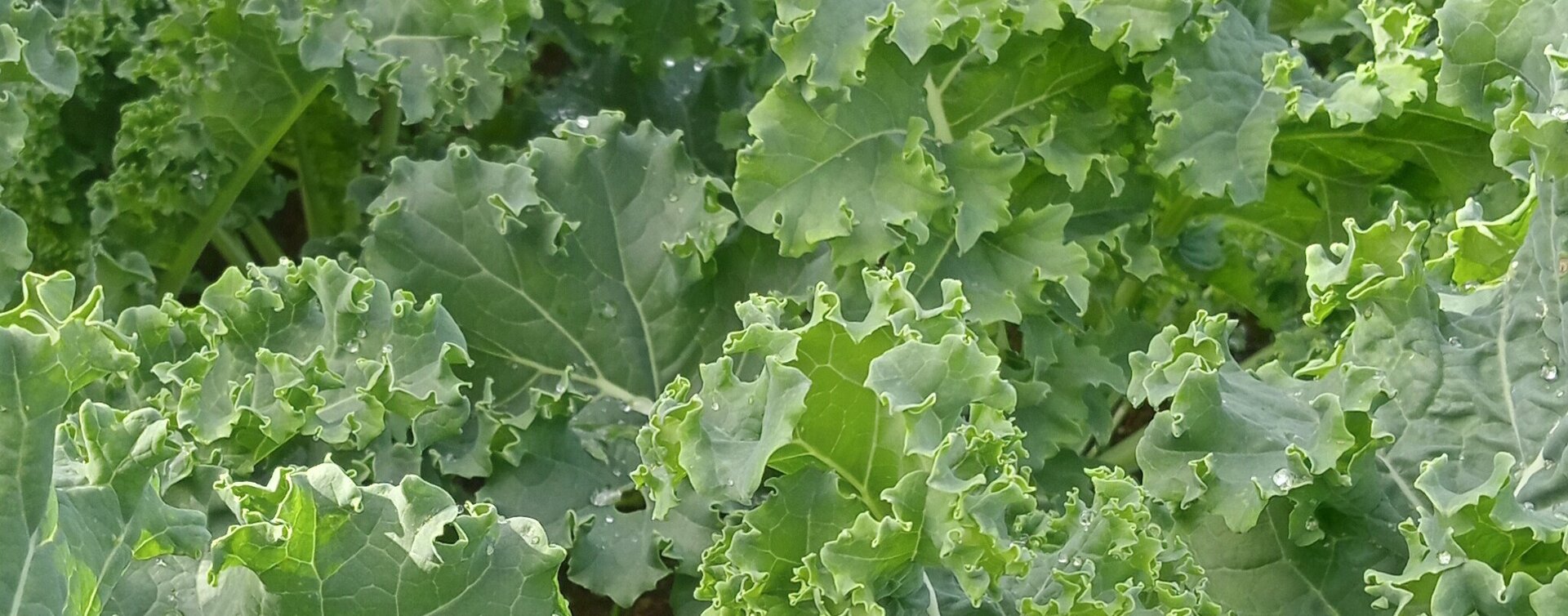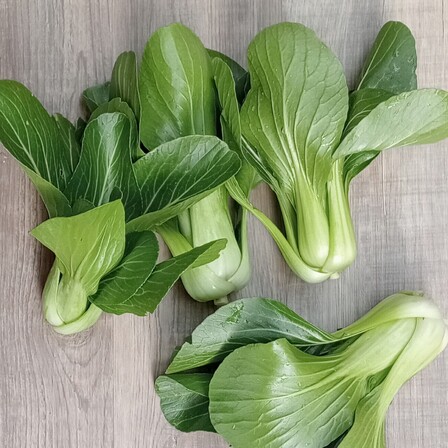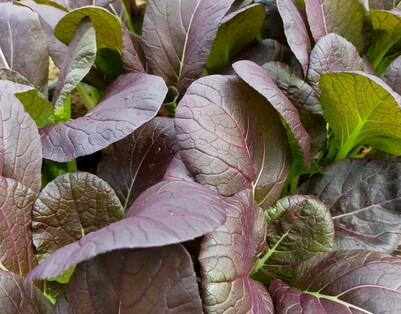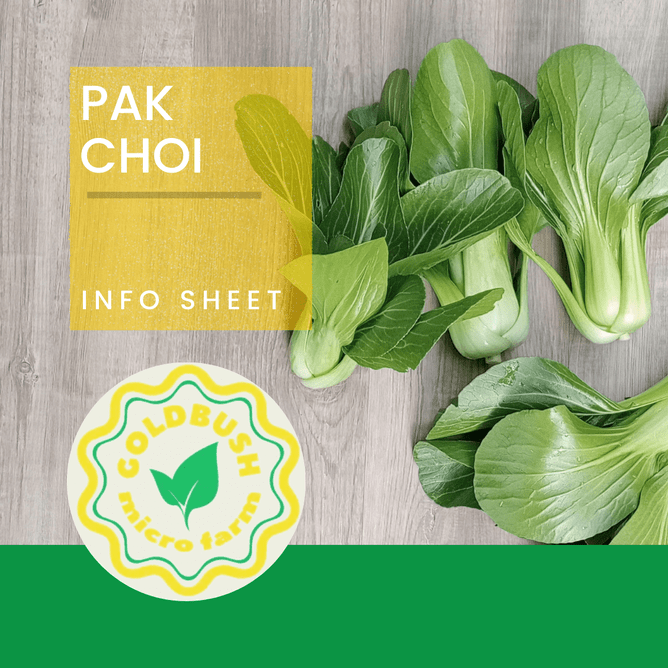Inspiring Pak Choi Recipes You Must Try
Blog Post Updated 14th August 2023
Pak choi (also called bok choy) grows in large, loose heads with wide, crisp
green-white stalks and dark green or red leaves.
It can also be harvested as a baby leaf and eaten raw or cooked.
The leaves have a cabbage flavor, but it’s the large stalks that become creamy and tender when cooked.
Download the Info Sheet by clicking the picture below for all the info on how to cook and store pak choi and a few delicious recipes too!
Inside the download you'll find information like the below:
How to store:
The leaves and stems should be fresh and crisp. Store wrapped loosely in a
plastic bag or tupperware container in the refrigerator.
Best Uses:
Kimchi
Vegetable chow mein
Grilled whole
Noodle Bowl
Rice Bowl
Dumplings
Roasted whole
Soup
Stir fries
Slaws
Salad
Deep Fried
Preparing Pak Choi:
Wash and remove any damaged, yellowing leaves. Cut off the root tip. If the
stems are thick, cut the leaves from the stems and cook them separately a
few minutes before you add the leaves. Pak choi is done when the stems are
tender but still a bit crisp, and the leaves have wilted.
Download Pak Choi Info Sheet by clicking picture below
Inside the Info sheet there's also 4 ways to cook Pak Choi, plus 5 recipes including the surprising Spicy Roasted Pak Choi, so easy and so quick.
I hope you find the info useful and relish trying new ways to enjoy all the vegetables from Goldbush Micro Farm!



